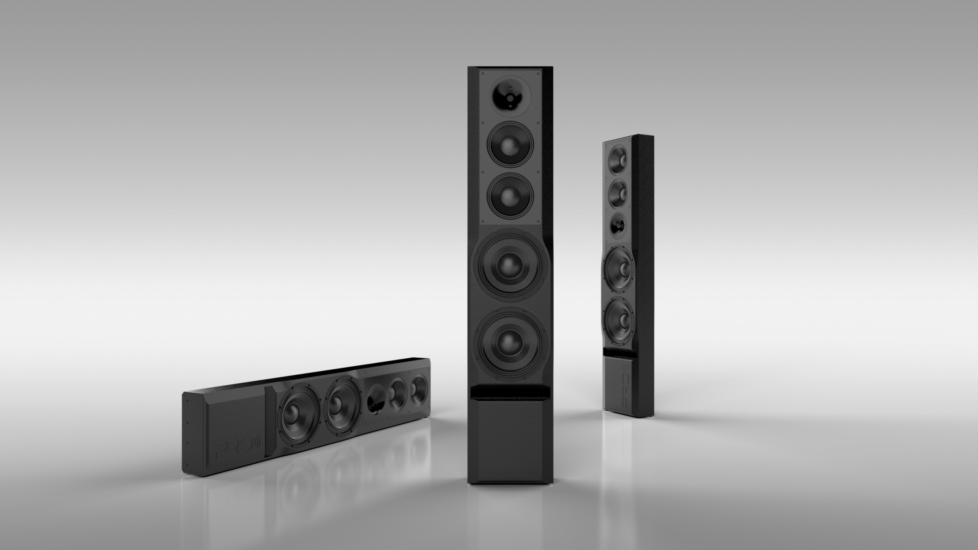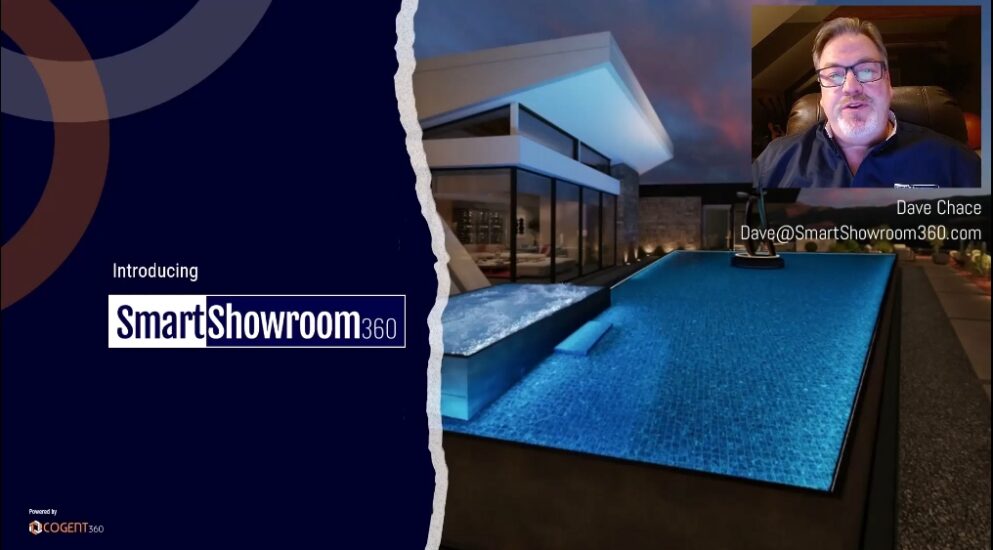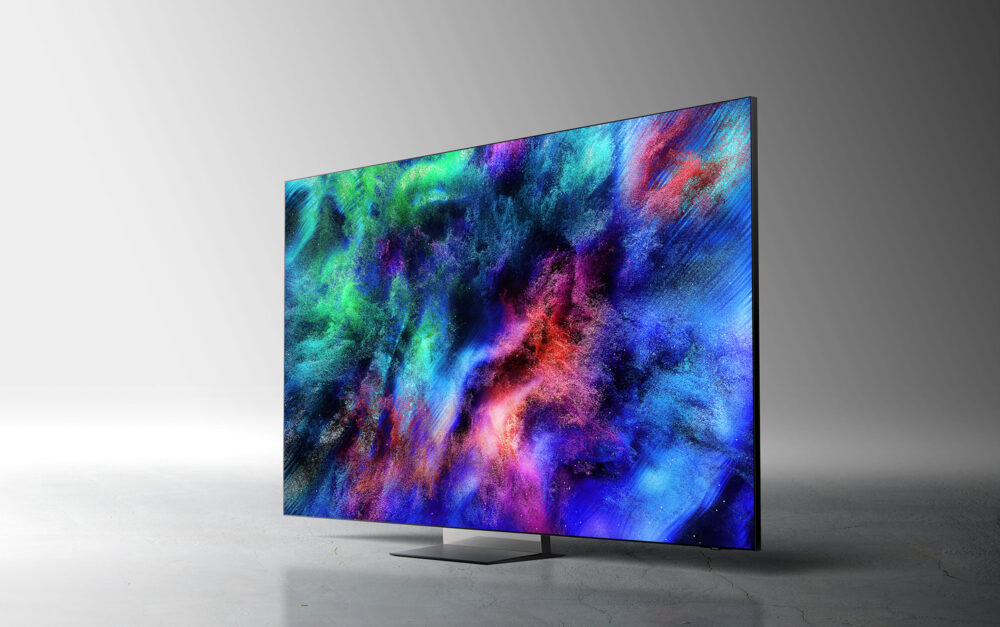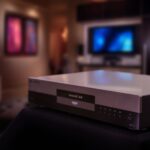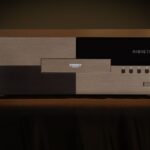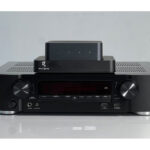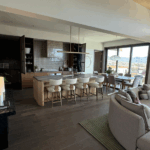The Latest
Filter by Topic
Filter by Type
How Do People Use Their Smart Homes? Josh.ai Offers a Glimpse from Its Corner
Josh.ai's annual recap gives a rare bit of insight into how smart homes are being used today, albeit…
News December 19American Homes Declare Energy Independence in 2026
How advancements in smart energy solutions and design are redefining American homeowner relationships with their utility companies.
News December 18Pro Audio Technology Applies Driver and DSP Updates to Five Best-Selling Loudspeaker Models
Updated drivers and high-resolution DSP enhancements are now available across five core Pro Audio Technology loudspeaker models.
News December 18IoT/Connected Product Awards: We Unveil Our 2025 Winners
CE Pro and Commercial Integrator announce the innovative winners of the 2025 IoT/Connected Product Awards.
News December 18Blackwire Designs Releases Ruckus Networking Training Resources
The updated version introduces a redesigned user interface intended to improve readability and simplify navigation, while adding full…
Briefs December 17SmartShowroom360 Crowned Inaugural CEDIA Expo/CIX PitchFest Champion!
SmartShowroom360 edged out BTX Window Automation in a head-to-head finale to claim the first-ever CEDIA Expo/CIX PitchFest title.
News December 17AVPro Global Unveils Tech Sage AI Analytics Platform
AVPro Global’s Tech Sage aims to us AI to give integrators instant, context-aware support across system design, troubleshooting…
News December 17CEDIA Expo/CIX PitchFest Day 1: New Exhibitors Bring Fresh Innovation to the Channel
Six new CEDIA Expo/CIX exhibitors took the stage to present their innovations, with BTX Window Automation advancing as…
News December 17Samsung Expands Micro RGB TV Lineup for 2026 With New Sizes and Enhanced AI Performance
The 2026 lineup expands Samsung's Micro RGB TVs into more sizes with enhanced AI-driven picture performance.
News December 17

